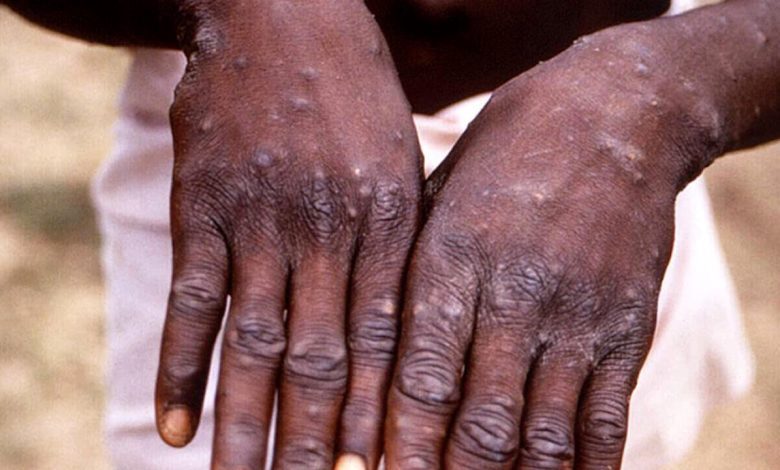The first case of monkeypox was identified in Emilia-Romagna

The first case of monkeypox (monkeypox) was identified in Emilia-Romagna. He is a thirty-five-year-old Chilean national who came to the emergency room at Saint Ursula Medical Clinic on Wednesday afternoon. The man stayed in Madrid at the beginning of May. In all likelihood he was infected: what alerted him, in fact, was the news that in a place where he was, more positive cases were reported, which is why the place was subsequently closed. Before arriving in Italy, he traveled to Germany on May 24.
During the visit, it appeared that the patient was in good health, as she had a limited number of skin blisters, some of which were on the palms of the hands and the soles of the feet. He was subjected to the swab provided in these cases (a sample of the fluid in the vesicle is analyzed).
Viral testing by CRREM, the regional emergency reference laboratory for microbiological emergencies at Sant’Orsola Polyclinic confirmed the clinical hypothesis: the patient tested positive for MPXV, monkeypox virus. He is now in hospital, isolated in the infectious disease ward of St. Ursula’s Hospital.
MPXV . virus
MPXV is a virus that was first identified in captive monkeys in 1958 and then in 1970 in a man from the Democratic Republic of the Congo. This disease, called monkeypox, is a fairly rare infectious disease in humans, but it is already known and widespread in Africa. The virus is transmitted through the liquid contents of the vesicles that appear in infected people. In the past, sporadic cases have been identified in the United States, Israel, Singapore and Great Britain, and have always been associated with travel or transportation of animals from high-risk areas. The disease is benign and tends to regress spontaneously in 2/4 weeks without specific treatments.

“Food expert. Unapologetic bacon maven. Beer enthusiast. Pop cultureaholic. General travel scholar. Total internet buff.”



